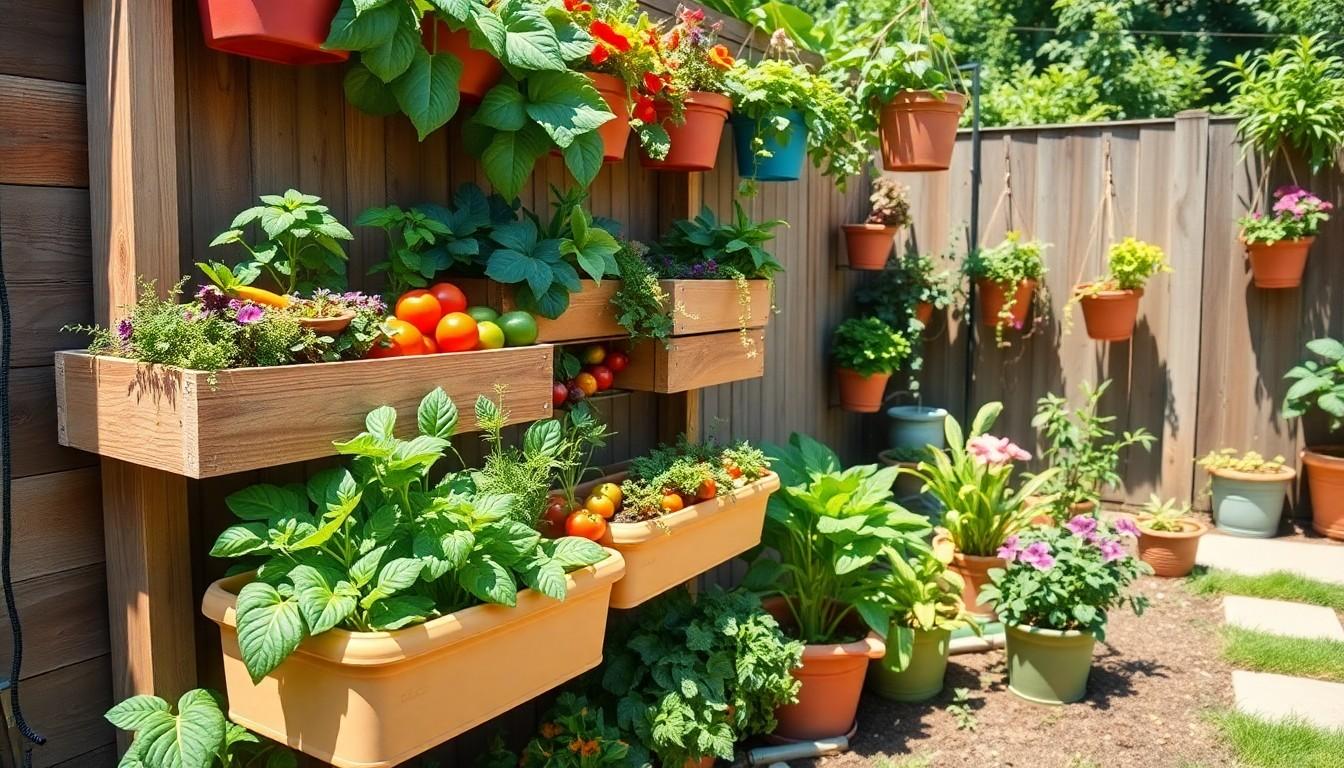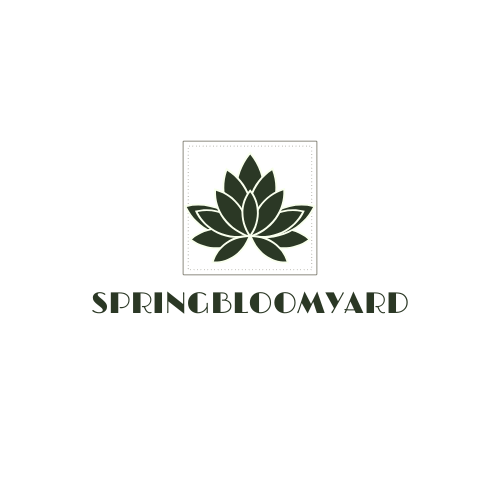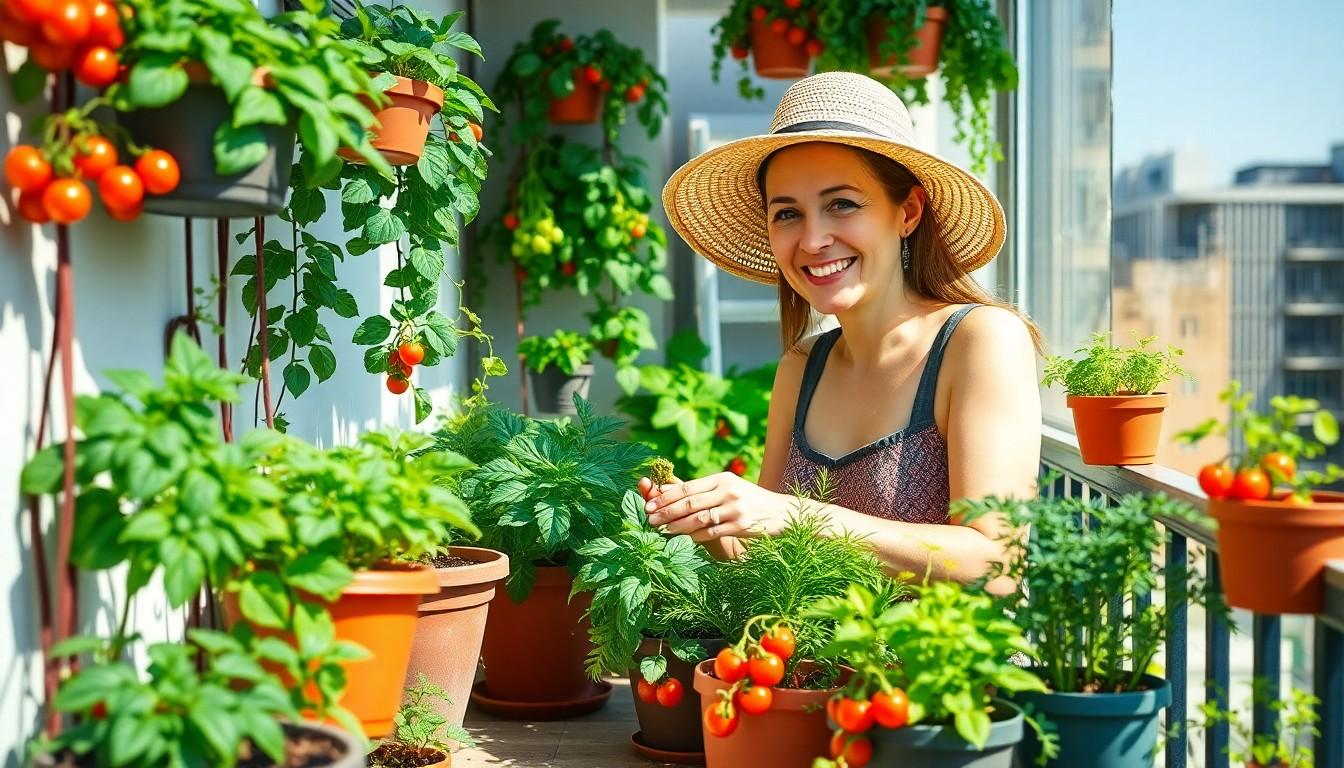In a world where the only thing growing faster than weeds is the desire for fresh veggies, small space vegetable gardening is the ultimate solution. Whether it’s a cozy balcony or a pint-sized backyard, even the tiniest patch can yield a bountiful harvest. Who knew that a few pots and a little creativity could turn a cramped corner into a flourishing vegetable paradise?
Understanding Small Space Vegetable Gardening
Small space vegetable gardening offers an opportunity to cultivate fresh produce in limited areas. Limited space doesn’t mean limited possibilities for creating a vibrant garden.
Benefits of Small Space Vegetable Gardens
Growing vegetables in small spaces leads to several advantages. Access to fresh produce is readily available without long trips to the grocery store. Space-efficient designs maximize yield, allowing for creative planting techniques. A smaller garden requires less maintenance, making it easier to care for plants. Cost-saving benefits come from reduced need for expensive landscaping and garden supplies. Environmental benefits also arise, as gardens contribute to biodiversity and reduce carbon footprints.
Types of Small Space Gardens
Various types of small space gardens exist to accommodate different needs and environments. Container gardens utilize pots and raised beds to maximize space, suitable for patios or balconies. Vertical gardens involve growing plants upward, allowing for increased planting areas without spreading out. Hydroponic systems adapt to small environments, using water instead of soil for growth. Square foot gardening divides planting areas into sections, optimizing plant density. Additionally, window box gardens transform often overlooked spaces into productive areas, utilizing windowsills for herb and vegetable growth.
Planning Your Small Space Garden

Planning a small space garden involves careful consideration of various factors to maximize productivity. Key components include location and layout, ensuring optimal growth conditions for vegetables.
Choosing the Right Location
Select areas with ample sunlight, as most vegetables require at least six hours of sunlight daily. Consider placing containers or raised beds near walls that reflect heat, aiding plant growth. Ensure accessibility for watering and harvesting, which improves overall gardening efficiency. Avoid spots that receive too much wind or excessive shade from nearby structures, as these can hinder vegetable development. Planting near a water source simplifies irrigation, promoting consistent care.
Space-Saving Garden Layouts
Utilize vertical gardening techniques to save ground space, allowing for greater variety in plant selection. Choose tiered planters or wall-mounted containers to optimize limited areas. Implement square foot gardening, which divides space into manageable sections to maximize yield per square foot. Consider companion planting, where different plants grow together effectively, enhancing soil health and productivity. Finally, incorporate hanging baskets for herbs or trailing plants, adding greenery while conserving valuable ground space.
Vegetable Selection for Small Spaces
Selecting the right vegetables enhances small space gardening efforts. Space-efficient options ensure maximum yields in limited areas.
Best Vegetables for Small Gardens
Lettuce thrives in compact spaces and allows for continuous harvesting. Radishes grow quickly, often ready for harvest within 30 days. Cherry tomatoes adapt well to containers, providing ample fruit with minimal footprint. Peppers, especially compact varieties, produce abundant crops without requiring much space. Green beans utilize vertical growth, easily climbing supports while yielding generous harvests. Herbs, including basil and parsley, fit perfectly in pots or window boxes, offering fresh flavors in minimal area.
Companion Planting in Small Spaces
Companion planting maximizes space and boosts vegetable productivity. Pairing tomatoes with basil improves flavors and deters pests. Mixing carrots with onions helps both crops thrive while repelling harmful insects. Cucumbers and radishes benefit each other by keeping pests at bay while occupying different soil layers. Planting marigolds alongside vegetables enhances aesthetics and repels nematodes. Consider combining crops that attract beneficial insects or provide shade, optimizing the garden’s overall efficiency.
Container Gardening Techniques
Container gardening offers an efficient way to grow vegetables in small spaces. It allows flexibility in design and placement, providing opportunities to maximize limited areas.
Types of Containers Suitable for Vegetables
Various container types suit vegetable gardening. Large pots, barrels, and fabric grow bags provide ample space for root development. Window boxes work well for shorter plants like herbs or lettuce. Additionally, repurposed items such as buckets or wooden crates can add a unique touch while saving costs. Ensure containers have drainage holes to prevent overwatering, promoting healthy growth in your vegetable plants.
Soil and Fertilization Tips for Container Gardens
Choosing the right soil mix is crucial for container gardens. Use a light, well-draining potting mix designed for containers, ensuring it retains moisture without becoming waterlogged. Adding compost enriches the soil, supplying essential nutrients for growing vegetables. Fertilizer application should follow a regular schedule, utilizing a balanced liquid fertilizer every 4-6 weeks to support healthy growth. Avoid over-fertilizing, which can harm plants; instead, monitor their needs regularly for best results.
Vertical Gardening Solutions
Vertical gardening optimizes limited space by utilizing walls, fences, or trellises. These techniques elevate plants, creating a lush, productive garden environment.
Ideas for Vertical Gardening Structures
Creating vertical gardening structures enhances space efficiency. Use wooden trellises for climbing plants. Repurposed pallets provide excellent support for vegetables. Wire mesh can also act as a grid for climbing varieties. Hanging planters bring herbs closer to eye level. Additionally, modular shelving units allow for creative arrangements of pots and plants.
Climbing Vegetables to Maximize Space
Climbing vegetables excel in vertical gardens by reducing ground space use. Peas thrive in vertical conditions, reaching high when trained. Cucumbers can climb strings attached to trellises, maximizing yield. Indeterminate tomatoes benefit from support systems, growing tall with better airflow. Beans, both pole and bush types, climb effortlessly and offer abundant harvests. Squash varieties also adapt well when grown vertically, producing healthy fruit while conserving garden space.
Conclusion
Small space vegetable gardening opens up a world of possibilities for those with limited areas to cultivate. With the right planning and creativity anyone can enjoy a bountiful harvest right at home. By utilizing techniques like vertical gardening and container gardening it’s possible to maximize yield while minimizing space.
Choosing the right vegetables and employing companion planting can further enhance productivity and health of the garden. Embracing these innovative ideas not only provides fresh produce but also brings a sense of accomplishment and connection to nature. Whether it’s a balcony or a tiny backyard every little space can thrive with vibrant vegetables.

